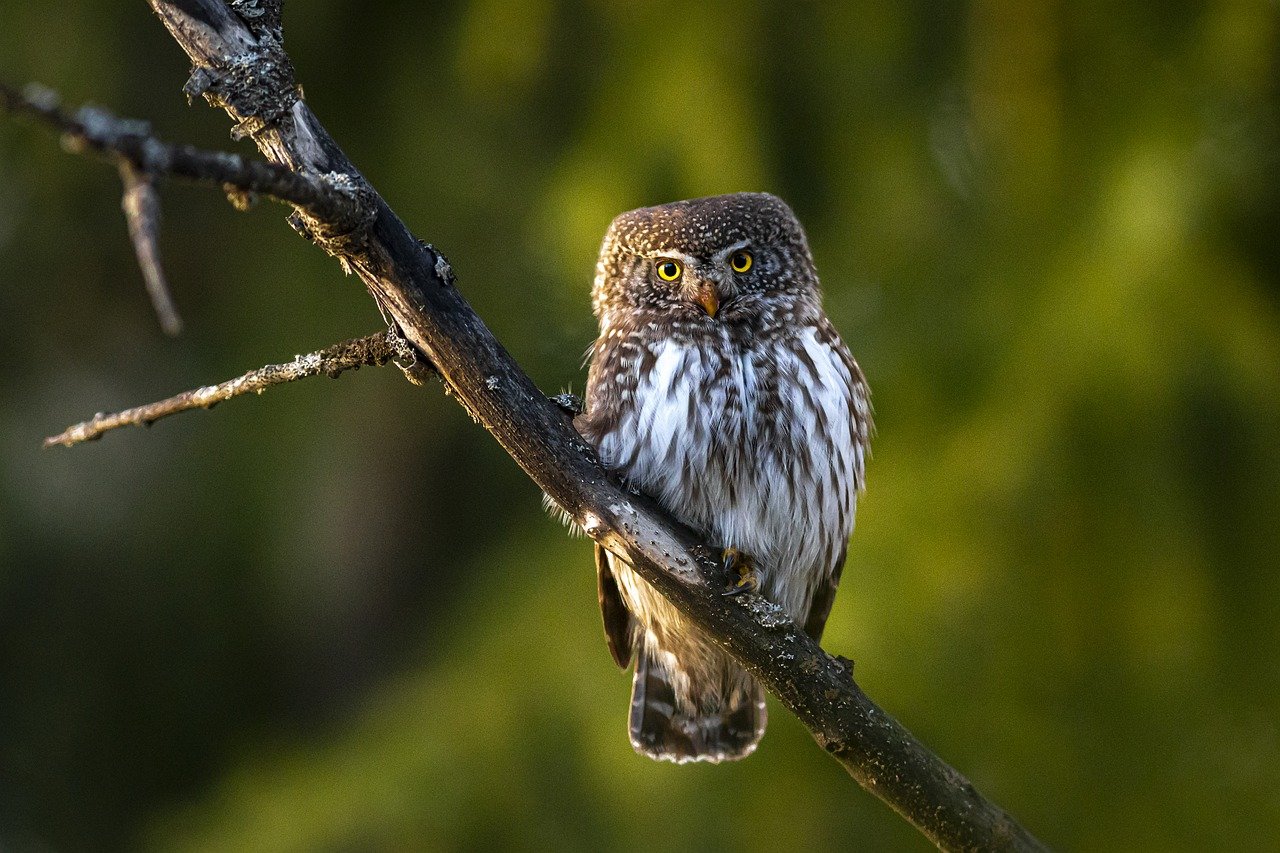The occipital face of the Pygmy Owl Glaucidium passerinum
DOI:
https://doi.org/10.34080/os.v20.22644Keywords:
appearance, patterns, feathers, bird of prey, raptorAbstract
Through fluffing of the headfeathers the patterning on the nape of the Pygmy Owl can be transformed into a face-like structure known as an occipital face. Concealed patterns, unknown until now and corresponding to real Pygmy Owl eyes, lie dormant until a forward headtilt occurs; the eye pattern itself being produced by the synthesis of patterned parts on at least two feathers, converging into an “eye” only when intentionally exposed. Occipital face patterns of similar general type occur in several Glaucidium species, three of which were examined by the author (Glaucidium gnoma, G. perlatum and G. brasilianum). Surprisingly, no positive evidence of “hidden-eye” patterns was found in these latter species.
Downloads

Downloads
Published
How to Cite
Issue
Section
License
The copyright of each contribution belongs to the author(s), but all contributions are published under a Creative Commons license, so that anyone is free to share and reuse the contribution as long as the copyright holder is attributed.







